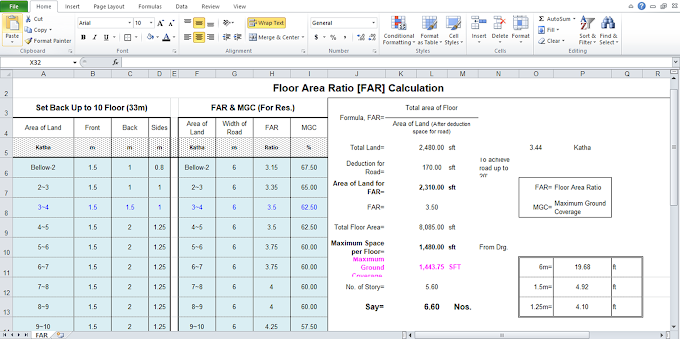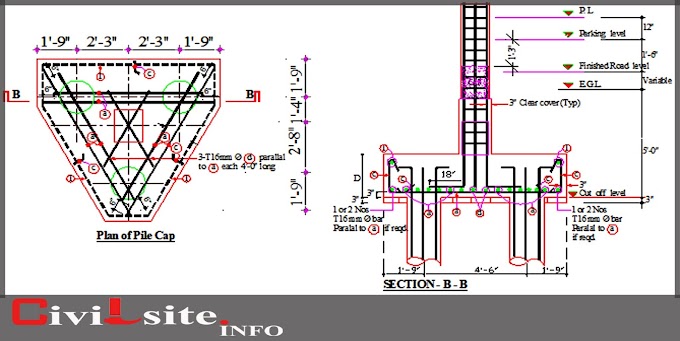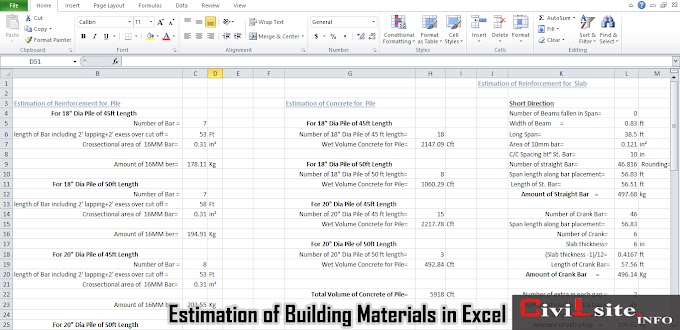Designing the perfect industrial flooring might seem like a straightforward task, but it can be daunting with the various factors that need to be taken into account. These complications arise due to the need for the floor to withstand different types of stress and wear, maintain safety standards, and ensure it fulfills its intended use. Here're the top five things you must address when designing an industrial floor.
Durability
The first thing to consider when designing an industrial
floor is its durability. These floors will often be subjected to heavy loads
and traffic. Industrial
flooring need to be designed to withstand such usage for extended periods
without cracking or showing signs of wear and tear. High-quality materials and
appropriate support structure considerations should be made early in the design
process to ensure longevity.
Resistance
Resistance plays a crucial role in an industrial flooring's
design. The flooring should be designed to resist chemical spills, temperature
fluctuations, and friction. Factoring in the nature of the industry allows
choosing of the best-suited resistant surface. For example, industries dealing
with chemicals will need flooring with high chemical resistance, whereas those
involved in heavy machinery will require high-impact resistance flooring.
Safety
Safety is of utmost importance in an industrial setting with
heavy machinery and constant activity. The flooring should provide enough
traction to reduce the risk of slips and falls. Furthermore, there should be
clear sections and markings to indicate different zones, walkways, and
hazardous areas. Bright and contrasting colors can be used to distinguish these
areas, creating a safer work environment.
Maintenance & Cleanliness
Industrial flooring also needs to be easy to clean and
maintain. Hygiene and cleanliness are essential, especially in the food and
pharmaceutical industries. Impermeable and seamless flooring solutions, such as
epoxy or resin floors, can help prevent bacteria build-up and facilitate easy
cleaning.
Cost-effectiveness
Last but not least, the cost-effectiveness of the flooring
design should also be considered. While it might be tempting to opt for the
least expensive option, it's crucial to factor in the longer-term costs related
to maintenance and potential repairs. Investing in a high-quality, durable
floor could lead to lower costs in the long run.
In conclusion, addressing these five key aspects during the
design phase can ensure the creation of an industrial floor that is durable,
resilient, safe, easy to maintain, and cost-effective, thereby meeting the
diverse demands of an industrial environment.














0 Comments